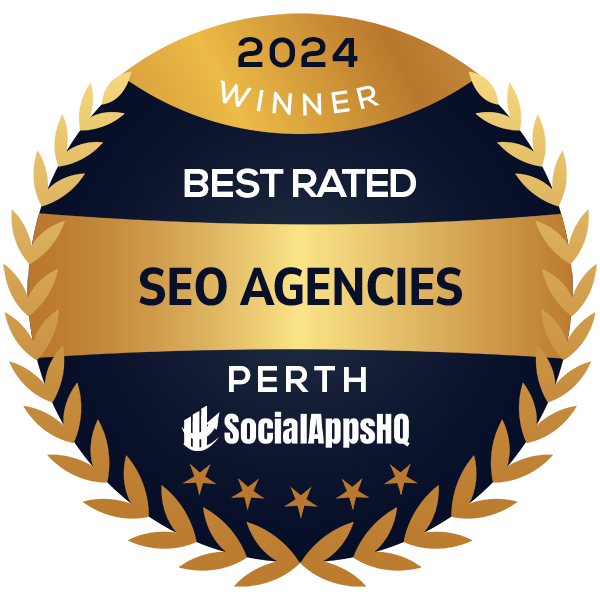In the fast-paced and highly competitive construction industry, it’s not just about having a service to offer. It’s about making sure your content resonates with your potential clients, builds trust, and compels them to take action. As a construction business owner or marketer, you know that attracting clients is one thing, but turning that attention into tangible results—like signed contracts or inquiries—is the real challenge. That’s where content marketing comes into play.
The key to creating content that converts lies in understanding your audience, presenting valuable information in a digestible format, and ensuring your content speaks directly to your clients’ needs and pain points. In this article, I’ll guide you through the process of creating content that engages your construction clients and drives the desired actions—whether it’s making a call, booking a consultation, or choosing you as their service provider.
What You Will Learn
Before we dive deeper, let’s take a quick look at the topics we will cover:
- Understanding Your Construction Clientele – Why knowing your audience is paramount.
- Crafting Effective Headlines – How to make your content stand out with attention-grabbing headlines.
- Structuring Your Content for Maximum Impact – Simple steps to make your content easy to read and action-driven.
- Personalizing Content to Build Trust – The power of customer-centric content.
- Calls-to-Action: Directing Your Clients’ Next Step – Creating clear and persuasive CTAs to drive conversions.
- Tracking and Optimizing for Continuous Improvement – How to measure your success and refine your strategies.
- Using SEO to Increase Visibility and Conversions – Why search intent matters for your content’s success.
Let’s jump into the strategies that will help you create content that not only attracts clients but also converts them into loyal business relationships.
1. Understanding Your Construction Clientele
Effective content starts with an understanding of your audience. In the construction industry, your clients could range from homeowners looking to build their dream home to large enterprises seeking commercial construction services. Each of these audiences will have different needs, goals, and pain points.
To develop relevant content, you first need to create client personas. These personas should represent your ideal clients, based on factors such as their age, occupation, location, and most importantly, their challenges. For example:
- Homeowners might be looking for affordable yet durable building materials or guidance on selecting the right contractor.
- Real Estate Developers could be more focused on cost-efficiency, timelines, and large-scale project management.
Once you have your client personas in mind, you can tailor your content to address their specific concerns and highlight how your services solve their unique problems. This targeted approach ensures that your content resonates with the right audience, moving them closer to making a decision.
2. Crafting Effective Headlines
Your content might be top-notch, but if your headline doesn’t grab attention, it will go unnoticed. Crafting a compelling headline is one of the most important steps in creating content that converts. For the construction industry, you should focus on headlines that address your clients’ key challenges and how your business can provide a solution.
For example:
- “How to Build Your Dream Home Without Breaking the Bank”
- “5 Reasons Why Your Next Commercial Project Needs Expert Project Management”
- “The Secret to Speedy Construction Without Sacrificing Quality”
These headlines do a few things:
- Spark curiosity – They make the reader want to learn more.
- Solve a problem – They clearly state the benefit or solution.
- Use numbers or lists – People love digestible, structured content.
A well-crafted headline sets the tone for the rest of your content and encourages readers to continue exploring.
3. Structuring Your Content for Maximum Impact

Once the reader has clicked on your content, it’s crucial that the content is structured in a way that’s easy to read and drives them to take action. For construction content, this means breaking down your text into manageable sections, using bullet points, and employing headings that highlight key points.
Here’s how you can improve the structure of your content:
- Use short paragraphs – Avoid dense blocks of text that can intimidate readers.
- Include visuals – High-quality images, infographics, and diagrams help readers understand complex topics quickly. For example, showing before-and-after photos of past projects can be a powerful tool.
- Highlight key points – Use bold or italicized text to emphasize important aspects of your services, such as unique selling points or customer testimonials.
Creating content that’s scannable and visually appealing will keep your audience engaged and guide them toward conversion.
4. Personalizing Content to Build Trust
In today’s competitive construction market, clients are more likely to trust businesses that speak directly to their needs. Personalization goes beyond just including their name in an email; it’s about tailoring content to address specific challenges your audience faces.
For example, if you know that a particular segment of your audience struggles with understanding building permits and zoning laws, you could create a blog post titled, “A Homeowner’s Guide to Understanding Building Permits.” By aligning your content with their needs, you demonstrate your expertise and show that you genuinely care about helping them succeed.
Additionally, case studies and client success stories are effective ways to personalize content. Real-world examples of how you’ve helped clients in similar situations can make a huge difference in building trust.
5. Calls-to-Action: Directing Your Clients’ Next Step
Every piece of content you produce should include a clear call-to-action (CTA). Without a CTA, your audience may enjoy your content, but they won’t know what to do next.
For example, after a blog post about construction project management, your CTA could be:
- “Contact us today for a free consultation on your upcoming project.”
- “Download our comprehensive guide on selecting the right contractor.”
Your CTA should always be specific, actionable, and aligned with the reader’s position in the sales funnel. For instance, someone at the awareness stage might be interested in downloading a free ebook, while someone further down the funnel might be ready to schedule a consultation.
6. Tracking and Optimizing for Continuous Improvement

Once your content is live, you need to track its performance. Analytics tools like Google Analytics or SEM Rush can provide insights into how well your content is converting. Are visitors staying on your page long enough to read the entire post? Are they clicking on your CTAs?
By tracking key performance indicators (KPIs) such as conversion rates, click-through rates, and engagement metrics, you can adjust your strategy over time. For example, if you notice that a particular blog post is driving traffic but not conversions, you may want to revise the CTA or adjust the content to make it more action-oriented.
Optimization is an ongoing process. It’s important to revisit your content regularly and update it with fresh information, new case studies, or recent successes. This helps keep your content relevant and ensures it continues to perform well.
7. Using SEO to Increase Visibility and Conversions
SEO plays a critical role in ensuring that your content is seen by the right audience. By using relevant keywords in your headlines, body text, and metadata, you can improve your search engine rankings.
For example, if your construction business specializes in eco-friendly home building, you should optimize your content for keywords like:
- “sustainable construction services”
- “green home building contractors”
- “eco-friendly home design ideas”
By researching keywords with the right search intent, you can create content that directly addresses the questions and concerns of potential clients. Additionally, you can improve your SEO by optimizing your content for user intent, meaning you deliver the right content at the right stage of the buyer’s journey.
Ready to Take the Next Step?
Creating content that converts is about more than just writing blog posts or creating social media updates. It’s about understanding your clients, structuring your content effectively, and making sure your message resonates.
If you’re ready to boost your content marketing strategy and convert more leads into clients, I invite you to get a free marketing plan tailored to your construction business. With the right strategy, your business can attract the clients you deserve and turn them into long-term partnerships.
Reach out today, and let’s start building content that truly converts!


